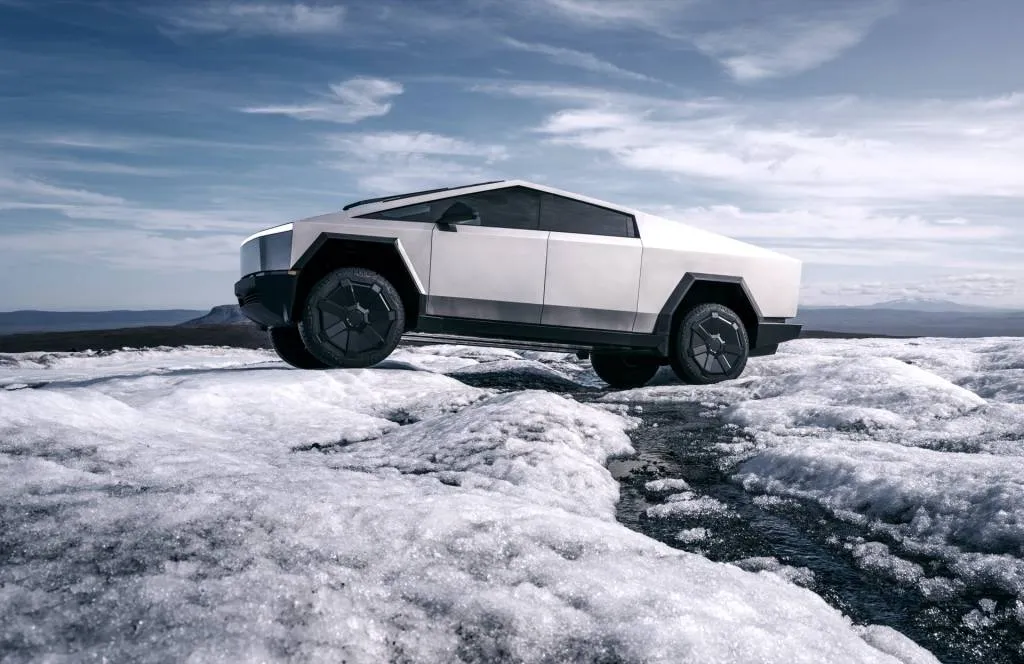While the future of Tesla’s Supercharger team still remains uncertain, the automaker is testing higher outputs at some of its DC fast-charging stations.
YouTuber TesLatino recently posted on X (formerly Twitter) about finding a Supercharger station with a significantly higher output than normal. Instead of the typical peak around 250 kw, TesLatino saw a peak of 323 kw.
Screen shot of X post from Tesla engineer Wes Morrill explaining higher-power Supercharger trial
Wes Morrill, lead engineer for the Tesla Cybertruck, responded with an explanation that this was part of a trial Tesla was running on V3+ Supercharger stations, meaning those with a V3 cabinet and V4 charge post—so not yet taking advantage of the Cybertruck’s 800-volt charging capability some have demonstrated with higher-voltage non-Tesla chargers. This hasn’t rolled out to all stations with the applicable hardware, Morrill noted, but Tesla drivers can now look forward to being pleasantly surprised by higher power levels at certain stations, it seems.
Kyle Conner from Out Of Spec Studios connected with TesLatino during the charging experience and noted the charger was outputting over 900 amps to get to the 320-plus kw charging power. Tesla’s V3 Superchargers were originally rated at 425 amps, while Tesla’s V4 chargers were rated to 615 amps at 1,000 volts.
That might indicate some very special thermal considerations designed into the Cybertruck—particularly its charging inlet—to allow such a rate without excess heat.
The Cybertruck itself was unveiled in production form in November 2023, but didn’t come anywhere close to the $39,900 starting price or range of up to 500 miles Tesla suggested when the truck premiered. Tesla is no longer discussing 500 miles even with an extra range-extender battery pack that fits into the bed.

2025 Tesla Cybertruck – Courtesy of Tesla, Inc.
Tesla CEO Elon Musk earlier this year fired nearly the entire Tesla Supercharger team, but later promised a $500 million expansion funding “thousands” of new chargers, separate from any costs associated with keeping the current network running.
The decision to pull back on Supercharger operations did not appear to affect the plans of Ionna, the charging network for the U.S. and Canada that is directly funded by seven automakers. Shortly after Tesla’s firing of its Supercharger staff, Ionna re-upped its commitment to build a network of more than 30,000 high-power connectors. BP has said it will gladly take over Supercharger sites Tesla no longer wants to run as it builds out its own charging network.


